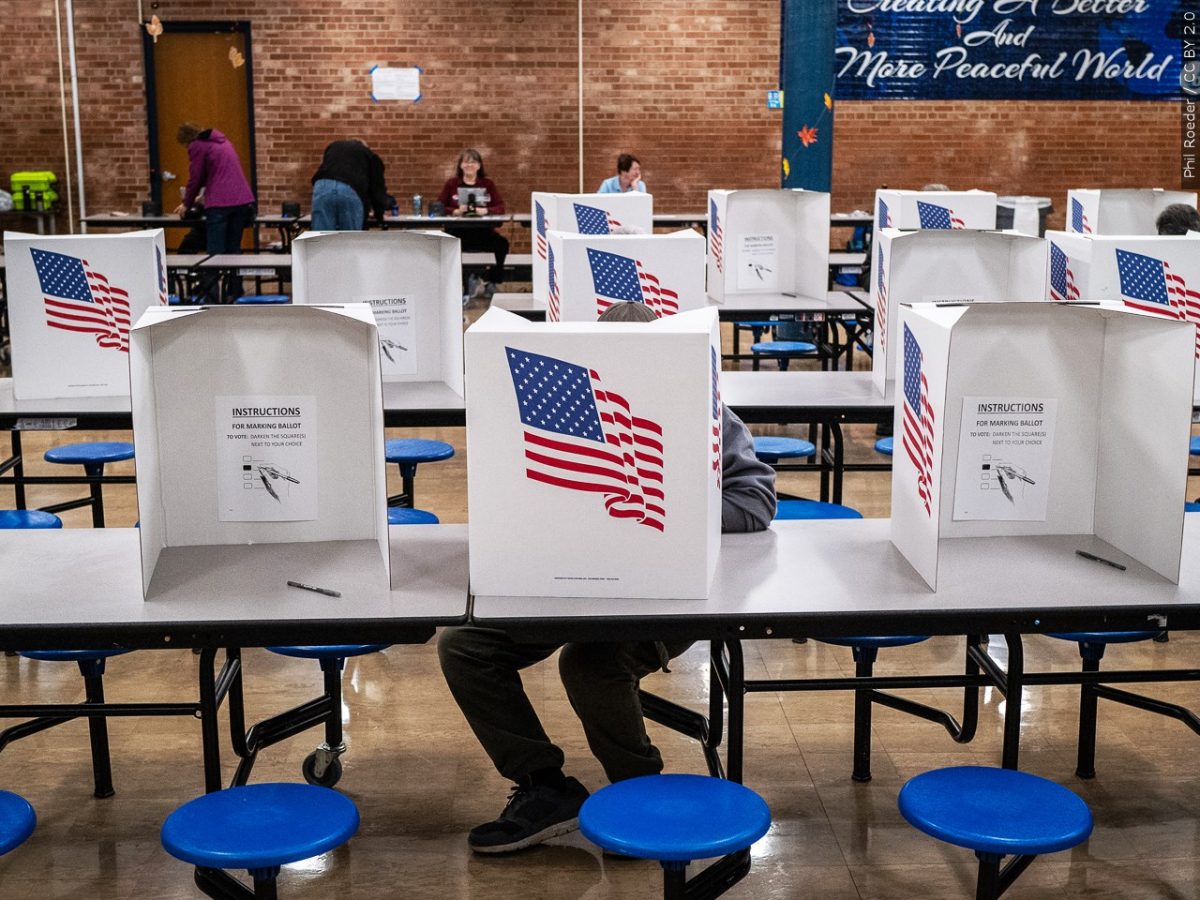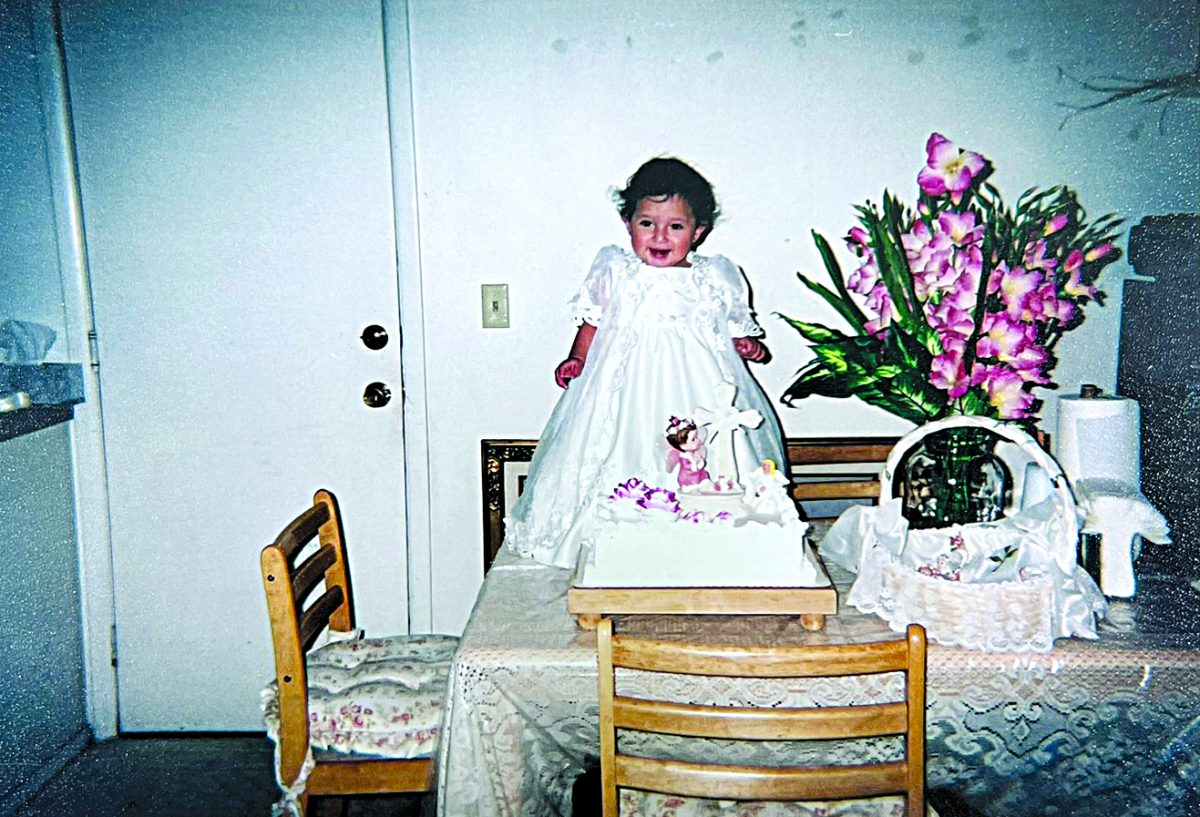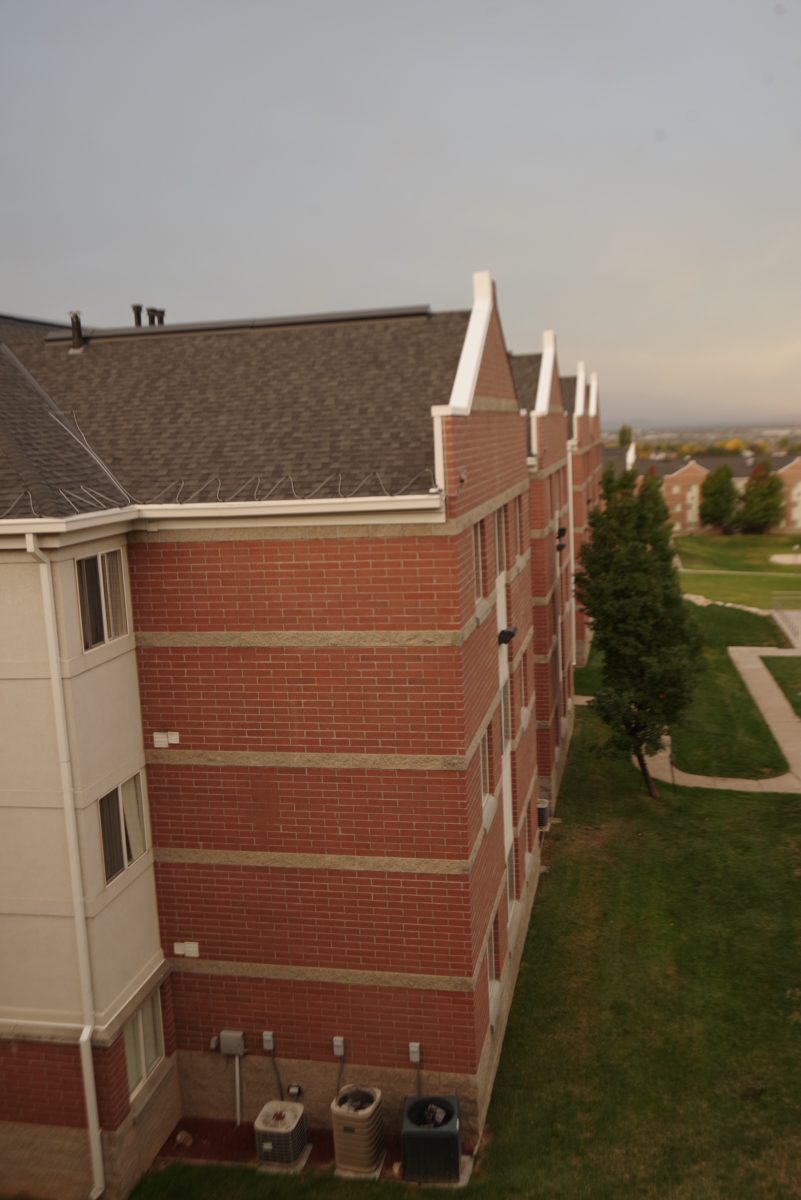
In the summer of 2016, the Department of Education and Department of Justice presented a list of guidelines to public schools concerning bathrooms. These urged schools to allow transgender students to use the bathroom they felt most comfortable in.
On Feb. 22, the Trump administration rescinded the guidelines despite initial resistance from Secretary of Education Betsy DeVos and other Republicans.
The original guidelines were met with opposition from conservatives, including Ted Cruz, who insisted the guidelines would allow sexual predators to prey on children, especially young girls, in the bathroom.
“If the law says that any man, if he chooses, can enter a women’s restroom, a little girls’ restroom, and stay there, and he cannot be removed because he simply says at that moment he feels like a woman, you’re opening the door for predators,” Cruz said during a campaign rally in 2016.
Cruz went so far to joke that if Trump dressed up as Hillary Clinton that he still should not use the women’s restroom, which is both ignorant and disrespectful of what it actually means to be a transgendered individual.
With the guidelines making headlines once again, the initial hate surrounding them has resurfaced, making rounds both on and offline.
The guidelines have been criticized by those who believe that there is a connection between homosexuality or transgenderism and pedophilia.
These allegations are not based in science, since, as a whole, scientific research has made no association between the two, but they are rather based in hate and fear.
Sadly, these allegations are nothing new; minority groups have been targeted with ridiculous accusations throughout history in an attempt to justify why their rights have been denied.
Take for example the blood libel, which originated in the 12th century, insinuating that members of the Jewish faith murdered Christians, specifically children, and used their blood for rituals, according to the Anti-Defamation League.
The act of using serious allegations against minority groups to ostracize them has continued into modern times.
In 2012, when the “don’t ask, don’t tell” policy was repealed, Bryan Fischer, long-time host of the radio show “Focal Point,” said the repeal would lead to an increase in pedophilia, again trying to forge a connection between the two.
When these allegations don’t work, many clutch to the argument that they don’t want their wife, daughter or sister to be in danger in the bathroom.
First, this paints women as only being significant when they are attached to someone else, instead of being independent human beings. Second, and worse, it is a gross attempt to disguise their hate with good intentions.
As a woman, I have no reservations about anyone using the bathroom in which they feel most comfortable, and I refuse to be used as an excuse to spew hatred toward the transgender community.
No one should have to think so much about using the bathroom. No one should have to worry about whether or not they will encounter a verbal or physical confrontation simply because they have to pee.
This sentiment rings even more true in the school environment. School is challenging enough to navigate without the added pressure of picking between getting harassed in one bathroom and feeling out of place in the other.
Everyone is entitled to have their own opinions. As my mom used to say, “Opinions — we all have one.” Perhaps her phrasing was a bit more colorful, but you get the point.
If someone has a problem with transgender individuals using the bathroom they identify with, they need to be accountable and own up to their own opinions without using women and children as a self-serving scapegoat.



















